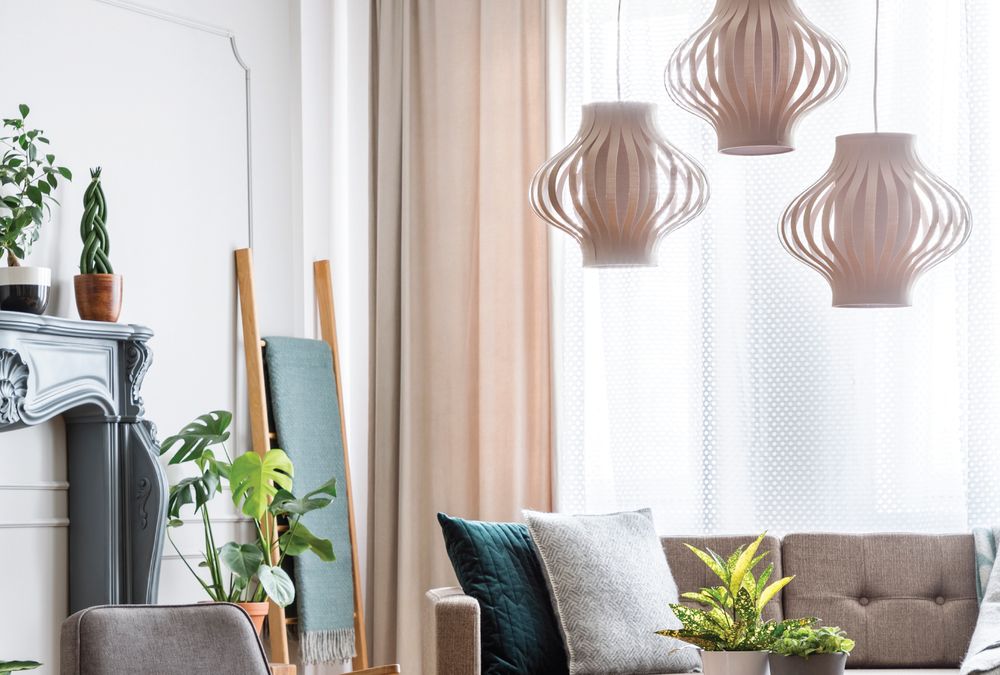The question of blinds verses shades can be challenging for anyone optimizing a home or commercial space. Issues of cost, maintenance, and function must be considered. And, of course, there’s aesthetics to keep in mind.
Blinds are window coverings built from individual slats made from various materials, depending on your needs. They can be raised for a clear view. Or, the slats can be lowered and rotated to let in more or less light, depending on the atmospherics you require.
Shades cover windows with a single panels of fabric or woven wood. They can only be raised or lowered. While these options reduce your overall control of light coming in, they can be ideal if the view from a window isn’t attractive enough.
One advantage of shades is energy efficiency. Cellular Shades, for example, hold little pockets of air built to trap heat or cooler air, making them energy efficient. That energy efficiency will vary depending on window size and the climate you dwell in.
In terms of expense, shades generally cost more, including for installation. If cost is an important factor in your decision-making, then blinds may be the right answer. Of course, installing them yourself can cut down on the overall price tag. However, this is only advisable if you’re already handy at home decorating or repairs.
While shades are more expensive, they come with lots of options. Apart from cellular shades, there are woven/bamboo shades, with their inimitable rustic/tropical feel. Solar shades eliminate glare and have a more contemporary/professional look. Roman shades are homey and luxurious. If you love unlimited choice, and the look of your home is the most important thing, then window shades are for you.
Blinds have fewer custom options. However, you can get a good look for less money with blinds. If you’re not driven to express yourself through these kinds of interior choices, then go with blinds. While they may not be exactly what you’re looking for, they’re rarely wrong, either.
In terms of maintenance, blinds have shades beat. Blinds are made of solid materials that can be cleaned with a duster or a vacuum. For stains, soap and water will do the trick. Shades, on the other hand, are made of fabric, and fabric require more delicate work to get stains out.
Also, cellular shades can trap insects inside their honeycomb sections. These can be difficult to remove. A fly being disengaged from one deep in the middle of one of these sections can leave a bigger stain behind. This is also true for anything a child may stick in there, like crayons.
To avoid painstaking cleaning, both blinds and shades should be included in your regular housecleaning schedule. This is easy to overlook, since blinds and shades look nice and people rarely spill things on often. An accumulation of dust over time can be harder to spot. However, once it’s there, rendering your shades or blinds clean again will labor intensive.
Installing blinds or shades one’s self should only be attempted by an advanced DIY specialist. They are less forgiving than curtains, which are not damaged if dropped. Meanwhile, blinds and shades both feature mechanisms that can be damaged fairly easily.
